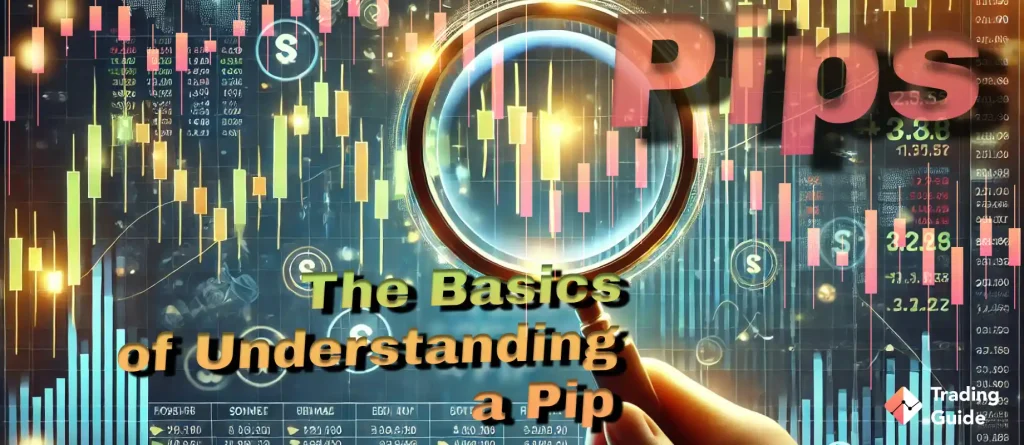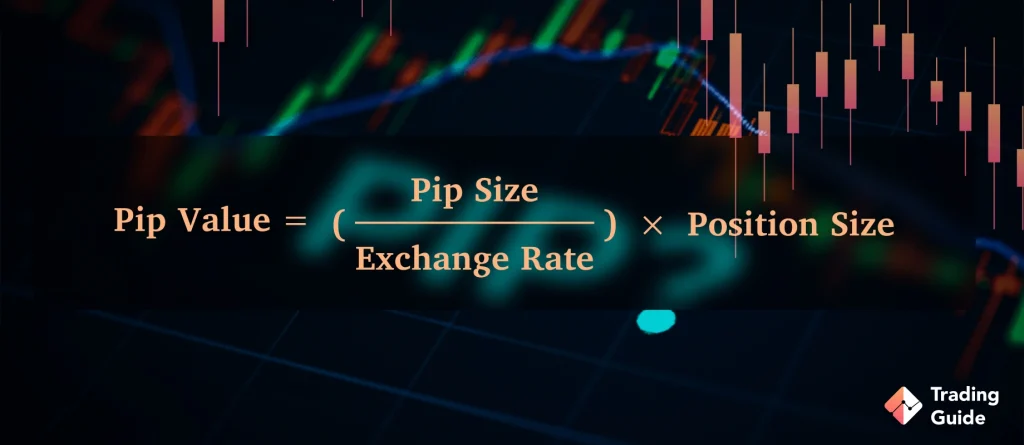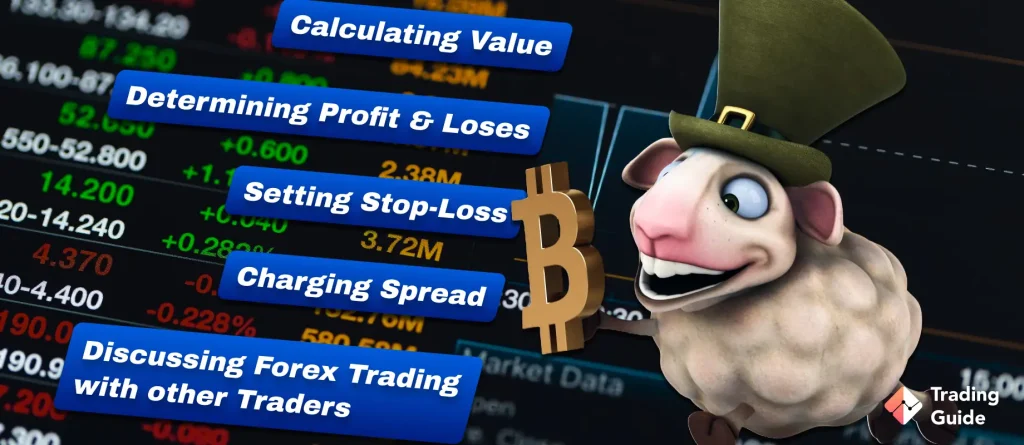Pips are a way to measure the value change while trading. It’s the smallest standardized measurement for changes in currency exchanges. Pips are mainly used for forex trading but can be applied to other forms of derivative and decentralized trading.
Since pips are used by most online brokers and are widely used in forex trading, it is a concept that all online traders should have a clear understanding of. Therefore, our expert team created this guide to help answer all the questions you may have about what a pip is in trading.
In This Guide
What Are Pips in Trading?
The Basics of Understanding a Pip

As mentioned, pips – short for percentage point or price interest point – is a metric used to measure the value differences between two currency pairs when trading online. In turn, a pip is not a value on its own but just a way to measure the movement of an asset. So the actual value is set separately for every asset and trade.
For example, a trader can open a position and make 100 pips in profit, meaning that the position that the trader opened increased 100 pips during the trade. The profit from that trade depends on the cash value of a single pip in that trade.
Let’s use the same example above and say that a pip is worth £1, which means that 100 pips in profit represent £100 in profit.
Pips are also normally used to set the spread for a specific trade. For example, the spread for USD/GBP could be 2 pips, meaning that the broker takes a 2 pip fee to let you open and close your position.
You can read our article for Best Trading Apps UK 2025 and choose the one that’s right for you.
What is a Lot Size?
The lot size is a term often used when talking about pips and forex trading. That is because a lot size – similar to a pip – is a way to measure value and volume when trading forex.
A lot size represents the number of units that you’re purchasing per position and a standard lot size (1.0) is 100,000 units. There is also something called smaller nano lots, ie. 10,000, 1,000, and 100 units.
Calculating Pips

In order to better understand pips, you need to understand how they are calculated. Most currency pairs use four decimals and the last (fourth) decimal is the pip, ie. a pip is one-hundredth of one percent. So if a currency pair has an exchange rate of 8,4565, then the last 5 (0.0005) is the pip.
In addition, the value of a pip can quickly be calculated using the following formula.
Pip value = (pip size / exchange rate) x position size
In other words, you calculate the value of a pip by dividing the pip size by the exchange rate and then multiplying it with the size of said position.
How are Pips Used

In forex trading, pips are used for many different purposes and for every position that you open and close. That is why it is so important that you have a clear understanding of what pips are and how they are used.
Below, you’ll find some of the most common usages of pips.
Calculating Value
As mentioned a few times already, the main reason pips are used is to measure the value of a forex trade. Similar to meters or grams, pips make life easier and it unifies all forex traders around the world.
Just keep in mind that a pip in itself doesn’t have any value. The value of a pip is determined by the trade in question and the currency exchange rate between the two currencies you’re trading.
Determining Profit & Loses
Since pips are a way to measure value, it’s mainly used to calculate profits and losses, as well as potential profits and losses.
As you hopefully already know, it is your task to calculate every trade you make to determine if it’s a profitable trade or not. The easiest way to do this is by using pips, that’s why it’s so commonly used in the industry.
Setting Stop-Loss
Furthermore, certain stop-loss features allow you to set your limits using pips. A stop-loss is one of the most efficient risk management tools available to forex traders and should be something you always use.
By setting your stop-loss using pips you can ensure that your positions will close at the exact right moment.
Charging Spread
We’ve already touched on this subject – pips are also used by forex brokers. You see, many brokers charge their spread using pips. By doing so, they can automatically adjust their spread (trading fees) to the current value of any instrument you’re trading.
Discussing Forex Trading with other Traders
Being the fact that pips are an international instrument used by forex traders around the world, it allows traders to communicate with other traders more easily. Without the need to convert the value of their trades, profits, and losses, people with different backgrounds can share tips and get inspired by each other.
Pros and Cons of Using Pips
Let us now take a look at some of the pros and cons of using pips when trading. Although, we have to admit that there aren’t too many cons to using pips if any at all.
- Pips give you a clear idea of how much your standing to win or lose on each trade
- Pips allow you to communicate your trades and strategies to other traders
- Pips can be used to set stop-loss features and other risk management tools
- Some find it rather complicated to calculate pips when first getting started
- Pips are mainly used in forex trading and cannot be applied to other assets
What is a Pip Benefit?
In the UK, a pip benefit does not refer to anything trading-related. Instead, PIP is short for Personal Independence Payment which is a benefit for British people suffering from long-term health issues.
What is a Pip Payment?
Same answer as above: a PIP Payment is a Personal Independence Payment aimed at helping people with long-term health issues with everyday spendings such as rent, food, and personal items.




